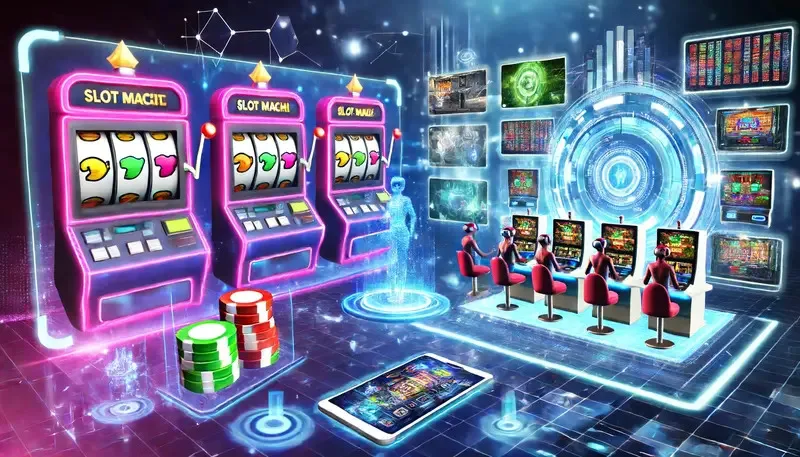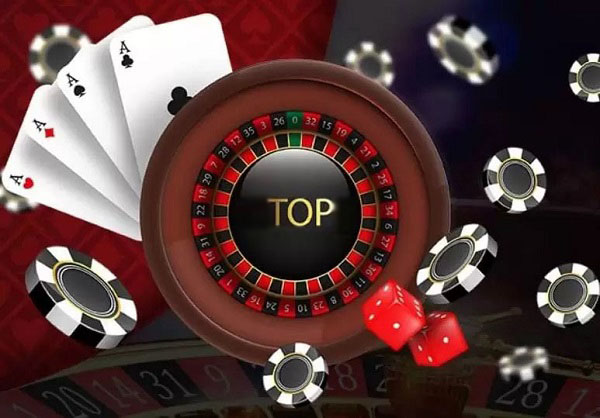How Slot Machines Inspire New Digital Entertainment
Slot machines have long been a staple of the entertainment industry, captivating millions with their flashing lights, engaging sounds, and the thrill of potential wins. These machines have not only dominated casinos but have also significantly influenced the broader digital entertainment landscape.
The history of slot machines dates back to the late 19th century when the first mechanical slot machine, the Liberty Bell, was invented by Charles Fey. These early machines laid the groundwork for the modern slot machines that we see today. Over the decades, slot machines evolved from mechanical devices to fully digital experiences, incorporating advanced graphics, sounds, and complex gameplay mechanics.
Slot machines have had a profound impact on digital entertainment. Key elements such as the randomness of outcomes, the rewarding nature of wins, and the immersive experience they provide have been adopted by various digital platforms. These elements keep players engaged and create a sense of excitement, making them a powerful tool in digital game design.
Slot Machines as a Source of Inspiration
Design and Visual Effects
Slot machines are renowned for their captivating design and visual effects. The use of vibrant colors, dynamic animations, and themed graphics helps create an immersive environment. These design principles have been incorporated into digital games and other entertainment forms to enhance user engagement. For example, the colorful and animated interfaces of popular mobile games often draw inspiration from slot machines.
Sound Effects and Music
Sound plays a crucial role in the overall experience of slot machines. The use of sound effects to signify wins, losses, and bonus rounds adds to the excitement. Similarly, background music creates a thematic ambiance. These audio elements are now common in digital games, where soundtracks and effects are used to enhance the immersive experience and emotional engagement of players.

Application of Slot Machine Concepts in Other Digital Entertainment
Social Games
Social games on platforms like Facebook have adopted many elements from slot machines. Features such as daily rewards, random bonuses, and visually appealing graphics are designed to keep players returning. Games like “FarmVille” and “Candy Crush Saga” incorporate these mechanics to maintain user interest and engagement.
Mobile Applications
Mobile applications have also embraced the mechanics of slot machines. Many apps use gamified elements such as spin-to-win features, daily check-ins, and reward systems to engage users. These elements make the apps more interactive and fun, encouraging users to spend more time on the platform.
Virtual and Augmented Reality
Virtual and augmented reality (VR/AR) technologies are pushing the boundaries of how slot machine concepts can be applied. In VR and AR games, players can experience the thrill of slot machines in a more immersive environment. These technologies are used to create virtual casinos where players can interact with slot machines and other games in a simulated, yet realistic, setting.
Online Casinos
One notable example of an online casino that uses these concepts effectively is Magic Planet. Magic Planet incorporates engaging visuals, captivating soundtracks, and interactive gameplay to create a thrilling experience for its users. By leveraging the mechanics of traditional slot machines, Magic Planet provides an immersive and entertaining platform for online gaming.
Player Psychology and Its Influence on New Entertainment
Understanding the psychology of players is crucial in the development of new digital entertainment. Slot machines are designed to trigger dopamine release in the brain, creating a feeling of pleasure and excitement. This psychological principle is now widely used in various digital entertainment formats to enhance user engagement and retention.
Future of Slot Machines and Digital Entertainment
The future of slot machines and digital entertainment looks promising with the integration of new technologies. Innovations such as artificial intelligence, blockchain, and advanced graphics are expected to revolutionize the industry. These technologies will enable the creation of more sophisticated and engaging digital experiences, blending the thrill of slot machines with cutting-edge digital advancements.





